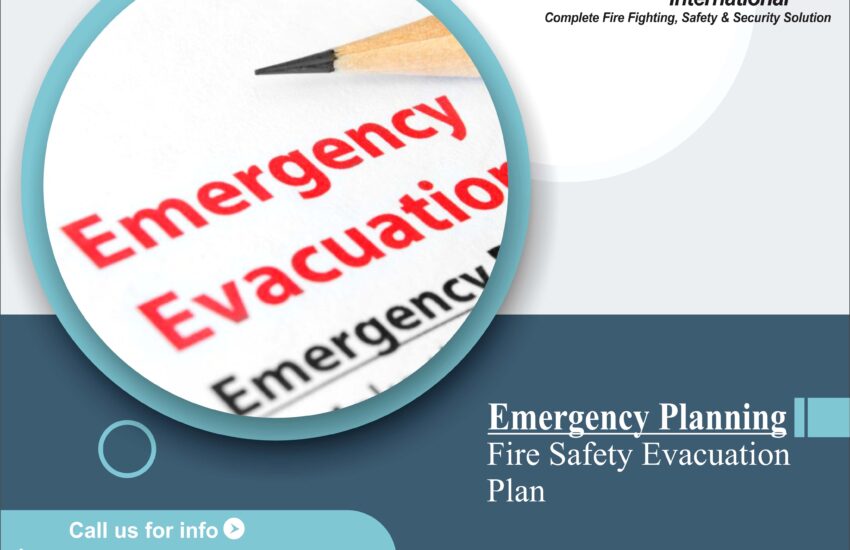Fire Safety Evacuation Plan is a critical part of any safety strategy, whether in residential, commercial, or public buildings. Fires can occur without warning, and having a well-documented fire evacuation plan ensures everyone knows what to do in an emergency. This guide outlines the essentials of creating, implementing, and maintaining a fire evacuation plan tailored to your environment.
Why a Fire Safety Evacuation Plan is Important
Creating a fire evacuation plan isn’t just a safety precaution—it’s a legal requirement in many areas. Having an emergency fire plan can save lives, reduce injuries, and limit property damage. Whether you’re at home or in a workplace, a proper fire response plan allows for a fast, organized evacuation in the event of a fire.
Key Elements of a Fire Safety Evacuation Plan
To ensure effectiveness, your fire safety evacuation plan should include the following components:
1. Fire Evacuation Procedures
- Clearly defined steps for evacuating the building
- Roles and responsibilities (e.g., fire wardens, safety officers)
- Activation of fire alarms and alert systems
2. Emergency Exit Routes
- Marked and unobstructed escape routes
- Exit signage in compliance with fire safety regulations
- Maps showing primary and secondary exit paths
3. Assembly Points
- Safe outdoor locations away from the building
- Clearly communicated to all occupants
- Used for headcounts and emergency response coordination
4. Fire Drill Plan
- Regularly scheduled fire drills (quarterly or bi-annually)
- Drills that involve all occupants, including visitors and contractors
- Evaluation of performance and areas for improvement
5. Emergency Contact Information
- Fire department and emergency services
- Internal emergency numbers
- Contacts for building management or facility heads
Fire Evacuation Plan for Workplaces
Creating a workplace fire safety evacuation plan involves additional steps:
- Training employees on fire extinguisher use
- Identifying fire hazards in the workplace
- Creating a building fire evacuation plan tailored to office layouts
Employers must ensure compliance with local and national fire safety regulations, including OSHA and NFPA standards in the U.S.
Fire Safety Evacuation Plan for Homes
In residential settings, a home fire evacuation plan should be simple but effective:
- Plan two escape routes from every room
- Teach children how to respond to a smoke alarm
- Practice the plan twice a year with all family members
- Install and test smoke detectors monthly
Fire Evacuation Map: Visual Planning
A fire evacuation map is essential for both training and emergencies:
- Includes all emergency exits, stairwells, and fire extinguishers
- Placed in visible areas (near elevators, entrances, etc.)
- Used during fire drills for orientation
Tips for Fire Emergency Preparedness
- Keep exit paths clear at all times.
- Never use elevators during a fire.
- Know how to stop, drop, and roll.
- If smoke is present, stay low to the ground.
- Always close doors behind you to slow the spread of fire.
Compliance with Fire Safety Regulations
Your fire evacuation plan must align with the latest fire safety regulations, including:
- Local building codes
- Fire Marshal requirements
- Industry-specific safety protocols
Regular audits and updates ensure your fire evacuation procedures remain compliant and effective.
Conclusion
A comprehensive fire evacuation plan is more than a formality—it’s a life-saving tool. Whether you’re developing a fire drill plan for an office or a home fire safety checklist for your family, proactive planning is key. Ensure everyone knows the emergency exit routes, understands their role, and practices the plan regularly.


